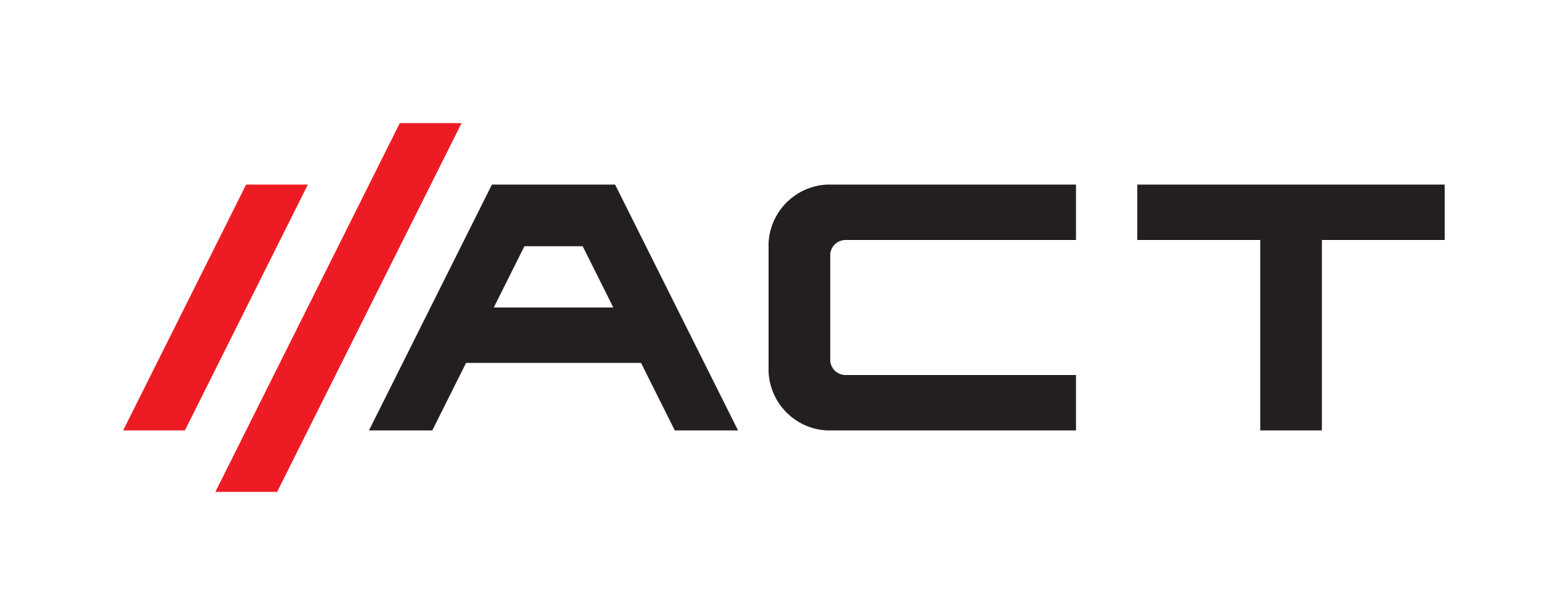Safety Training
ACTs safety training programs meet and exceed OSHA standards.
- Home
- Safety Training
Providing a Safe Work Environment is Crucial to Success
Who is responsible for the safe operation of your facility?
The employer is responsible. This means that to reduce the health and safety risk involved in day to day operations, the employer should do everything in their power to provide their employees with a safe work environment reasonably free of any hazard to their health and safety.
How do you provide a safe work environment?
Go above and beyond required training for operating forklifts, aerial work platforms and electric powered hand trucks to arm your employees with the knowledge and skills needed to safely do their work, protecting themselves and others around them. Contact ACT today to have a conversation on how you can lower your risk of costly OSHA fines and avoidable incidents at your facility by training your workforce to be safe and productive.
How many forklift accidents occur each year?
From 2011 to 2017, 614 workers lost their lives in forklift related incidents and more than 7,500 nonfatal injuries with days away from work occurred every year.
For what equipment types do we offer training?
- (Theory) Each operator of industrial powered lift trucks or mobile elevating work platforms must take training that meets OSHA requirements for all equipment they will operate
- (Practical) Each operator must receive hands-on training by their employer or a trainer hired by their employer in the environment in which they will operate the equipment
- (Evaluation) Employers must observe the operation of the equipment by each operator and confirm that they can safely perform all necessary functions with the equipment. When satisfied, the employer signs and dates documentation stating that each operator is cleared to use the equipment and keeps the documentation as proof of training.
OSHA COMPLIANCE REQUIRES:
Electric Pallet Jacks
Class II - Counterbalanced
Class I, IV and V Counterbalanced
Mobile Elevating Work Platforms

Safety Training has an impact on your bottom line.
OSHA compliance is only one reason to keep your safety training up to date. It is the employers responsibility to keep their facility reasonably safe for their employees, reducing the chances for accidents while maintaining high productivity.

What your employees will learn
Theory
Legislation and Guidelines
Pedestrian Awareness
Attachments
Power Sources (battery and propane)
Capacity Principles
Performing a pre-operation inspection
Causes of Accidents
Safe Operating Procedures
Dock Safety
Safety Awareness
Load Centers
Stability Principles
Operator Responsibility
Types of Trucks
Practical
Battery Charging and Maintenance/Propane Exchange
Maneuvering
Dock Safety
Parking/Shutdown
Harnesses (order pickers and turret trucks)
Pre-operation Inspection
Load Handling
Stacking/Unstacking
In-Person Training
Electric Pallet Jack
$800 per class (max 10)
Time Investment: 4 hours
Class II (Counterbalanced)
$250 each (3 people Minimum)
$200 each (6 or more)
Time Investment: 4 hours
Class I, IV, and V (Counterbalanced)
$250 each (3 people minimum)
$200 each (6 or more)
Time Investment: 4 hours
Mobile Elevating Work Platform
Call for pricing
Call for details
Operator Safety Training Kits are available for all 3 types of powered industrial equipment.
Training can be completed at ACT facility, or customer location.
If training is at the customer’s location, a one time zone charge for each training day will be added.
(All Operator Safety Training kits are available in English or Spanish)
**Checks, Credit Card Payments or Purchase Order billing is accepted
Contact ACT at 1-866-953-7767
E-Mail: [email protected]
***ALL IN-PERSON TRAINING PRICES SHOWN ARE FOR REGULAR BUSINESS HOURS***
Online Training
Counterbalance
$2000 annually (unlimited use)
Time Investment: 73 minutes
MEWP – Scissor Lift
$1000 annually (unlimited use)
Time Investment: 27 minutes
Motorized Walkie Truck
$1000 annually (unlimited use)
Time Investment: 73 minutes
Narrow Aisle
$1000 annually (unlimited use)
Time Investment: 71 minutes
Spanish Language
Counterbalance
$2000 annually (unlimited use)
Time Investment: 73 minutes
Motorized Walkie Truck
$1000 annually (unlimited use)
Time Investment: 67 minutes
Narrow Aisle
$1000 annually (unlimited use)
Time Investment: 71 minutes
Participant guides for each equipment type listed above:
$600 annually in English and $600 in Spanish
Contact us to find out more about making online training available to your operators. Online training can be taken anytime and from anywhere a computer and internet is available. Theory covered in our online version meets OSHA guidelines as does our in-person training.
Train the Trainer
Electric Pallet Jack
$800 per class ($500 each additional in same class)
Time Investment: 4 hours
Class II (Counterbalanced)
$1,150 per class ($750 each additional in same class)
Time Investment: 4 hours
Class I, IV, and V (Counterbalanced)
$1,150 per class ($750 each additional in same class)
Time Investment: 4 hours
Mobile Elevating Work Platform
Call for pricing
Call for details

Training facts you need to know:
Regulations from OSHA 1910.178 (I):
ACT Training Class Details:
ACT offers Operator and Train-the Trainer classes with theory portions either or online.
What are my training options?
Smaller organizations with low turnover and only a few employees operating equipment may prefer either in-person operator or Train-the-Trainer classes. Larger organizations with many operators and higher turnover may prefer the online training option.
Benefits of in-person training:
- Theory portion of training is live and any questions can be answered during session
- Pay only for what you need, when you need it, every three years or when you hire a new operator or have an incident requiring retraining
- In-person Train-the-Trainer classes prepare your trainers to confidently train new operators as needed
Benefits of online training:
- Online training can be taken whenever it is convenient, even from home
- Training can be taken by modules for a smaller time investment at each session
- For a nominal monthly investment, any operator at any time can be trained, no need to schedule a time for several operators to stop working for a training class
- Operators can train for just the equipment they use
Hands-on (Practical) training for all equipment operators must be done by a trainer or the employer. It is the burden of the employer to make certain all operators using powered industrial equipment at their facility are trained and that documentation to prove that training was performed and when it was performed is on hand.
Do all of the employees at my facility need to be trained to operate industrial trucks?
Is annual forklift operator training required?
If my employees receive training, but accidents still continue to occur, what should I do?
How often must refresher training be given?
The operator has been observed to operate the vehicle in an unsafe manner.
The operator has been involved in an accident or near-miss incident.
The operator has received an evaluation that reveals that the operator is not operating the truck safely.
The operator is assigned to drive a different type of truck.
A condition in the workplace changes in a manner that could affect the safe operation of the truck.
What types of equipment can ACT train my employees to be certified to operate?
Does OSHA require the employer to issue licenses to employees to have received training?
I only have powered handtrucks in my workplace. Do the training requirements cover the operators of this type of vehicle?
Ready to Increase the Safety of your Operation?
Contact ACT today to get up-to-date on your OSHA compliance and make certain of the safety of your facility.

